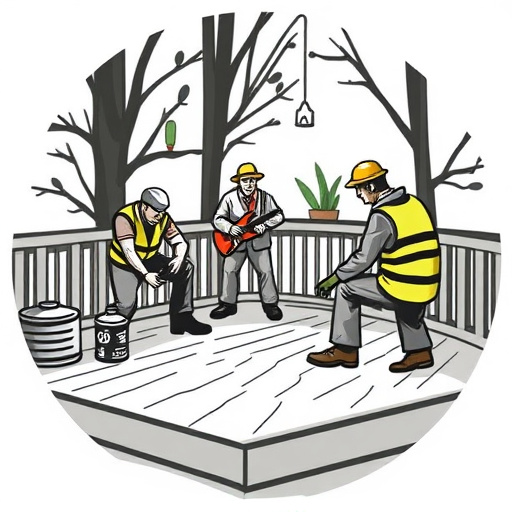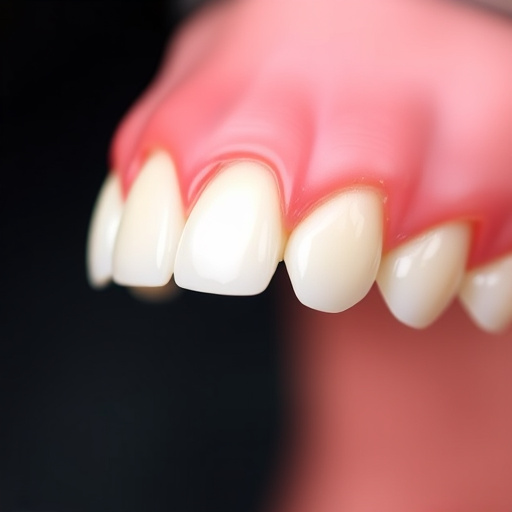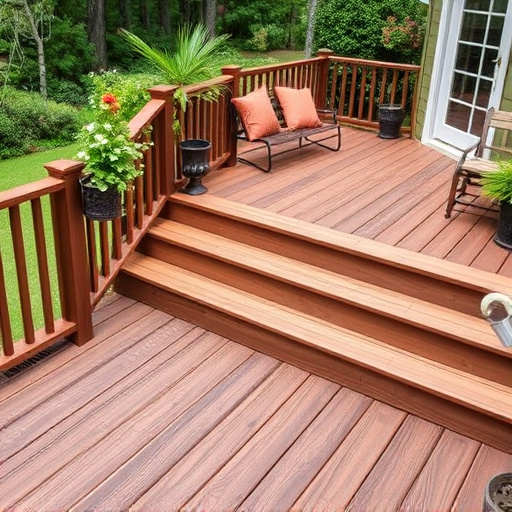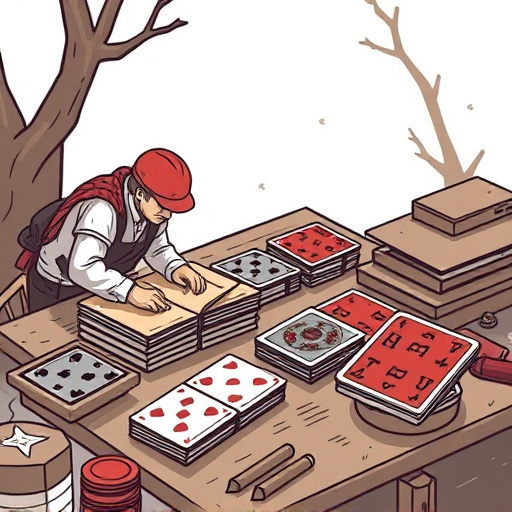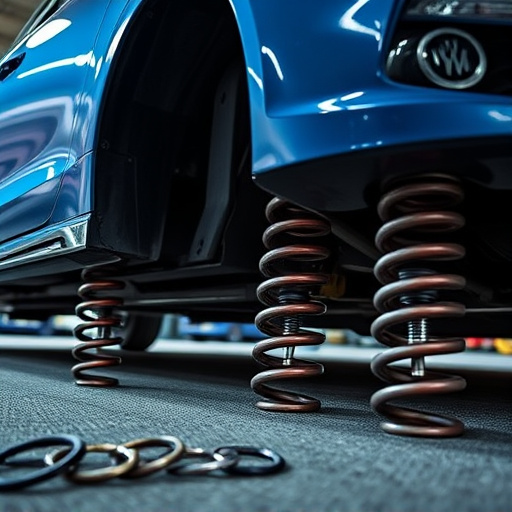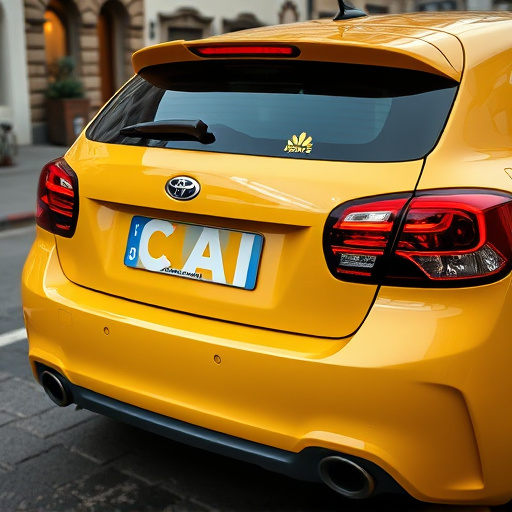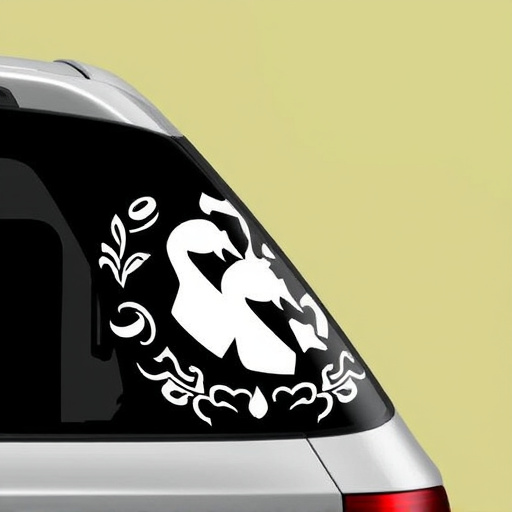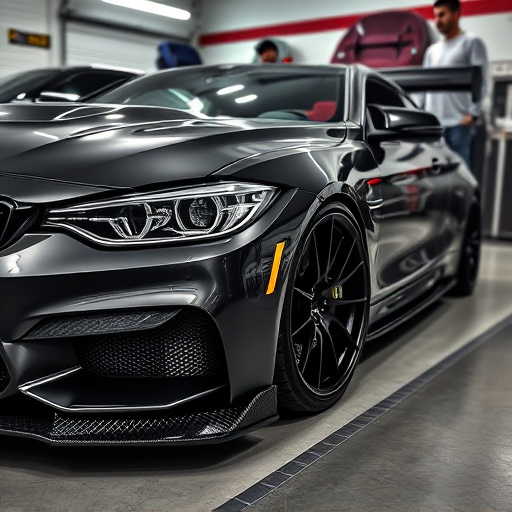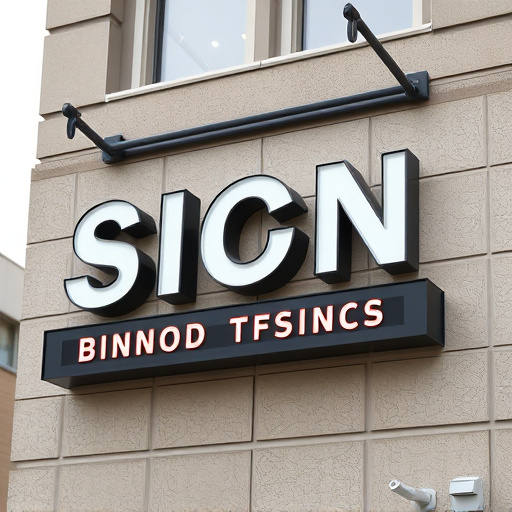Satin finish wraps offer a luxurious aesthetic but are vulnerable to UV damage, leading to fading and cracking over time. High-quality materials and protective films can enhance durability by shielding against UV radiation. Proper care and professional installation extend the lifespan of satin wraps, ensuring long-lasting vehicle style and protection.
Satin finish wraps have gained popularity for their sleek, luxurious appearance in various applications. However, their beauty is not just skin-deep; understanding how they handle UV exposure over time is crucial for longevity. This article delves into the basic properties of satin finish wraps and examines the impact of ultraviolet (UV) radiation on these surfaces. We’ll also explore strategies to enhance their durability under solar exposure, ensuring these wraps maintain their lustre for years to come.
- Understanding Satin Finish Wraps' Basic Properties
- The Impact of UV Radiation on Satin Surfaces
- Longevity Strategies for satin finish wraps Under Solar Exposure
Understanding Satin Finish Wraps' Basic Properties

Satin finish wraps are a specialized type of automotive wrapping material known for their distinctive, smooth, and lustrous appearance. Unlike matte or gloss finishes, satin wraps offer a balanced level of reflectivity, providing both aesthetic appeal and functional benefits. This unique finish is achieved through microscopic textures that scatter light, resulting in a soft, subtle sheen.
These wraps are not only about visual enhancement; they also possess superior durability and resistance to environmental factors. Over time, as vehicle wraps exposed to UV radiation, they maintain their high-quality finishes remarkably well. The protective layers incorporated into satin finish wraps safeguard against fading, cracking, and peeling, ensuring that the original look remains intact even under intense sunlight. This longevity is crucial for car customization enthusiasts who seek both style and substance in their vehicle’s exterior.
The Impact of UV Radiation on Satin Surfaces
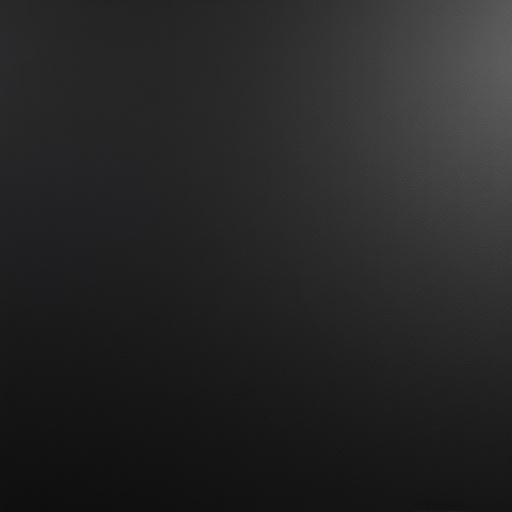
Satin finish wraps are particularly susceptible to the damaging effects of UV radiation from the sun. Over time, prolonged exposure can cause the protective layer of these wraps to degrade, leading to fading, cracking, and a loss of luster. This is because UV rays penetrate the surface, breaking down the chemical bonds that give satin its smooth and reflective quality. The impact becomes more pronounced in regions with higher levels of sunlight exposure, such as car hoods or exterior windows with minimal tinting or protection.
Compared to other protective solutions like ceramic coatings or vinyl wraps, satin finishes offer less resistance against UV radiation. While options like window tinting can shield interiors from excessive heat and fading, satin wraps lack this built-in barrier. This makes them a less durable choice for long-term protection, especially in environments where vehicles are frequently exposed to direct sunlight.
Longevity Strategies for satin finish wraps Under Solar Exposure

The longevity of satin finish wraps under solar exposure is a key consideration for those looking to maintain their vehicle’s aesthetic appeal over time. One effective strategy involves using high-quality materials and specialized coatings designed to resist fading, cracking, and peeling caused by intense UV radiation. Premium automotive services often employ advanced protective films that offer excellent resistance to environmental factors, ensuring the satin finish remains vibrant and intact for extended periods.
Additionally, proper care and maintenance play a crucial role in preserving these wraps. Regular washing with soft brushes and pH-neutral detergents helps prevent residue buildup and chemical damage. A professional PPF (Paint Protection Film) installation service can also enhance durability by providing an extra layer of protection against road debris, scratches, and minor impacts. Car customization enthusiasts who invest in satin finish wraps backed by top-tier protective films can expect their vehicles to command premium attention for years to come, showcasing not just a stylish exterior but also thoughtful long-term care.
Satin finish wraps, while aesthetically pleasing, are susceptible to UV damage over time. Understanding how solar exposure impacts these materials is crucial for ensuring their longevity. By employing specific strategies, such as using protective coatings and regular maintenance, it’s possible to preserve the beauty of satin finishes, maintaining their luster and durability even in bustling outdoor environments.


